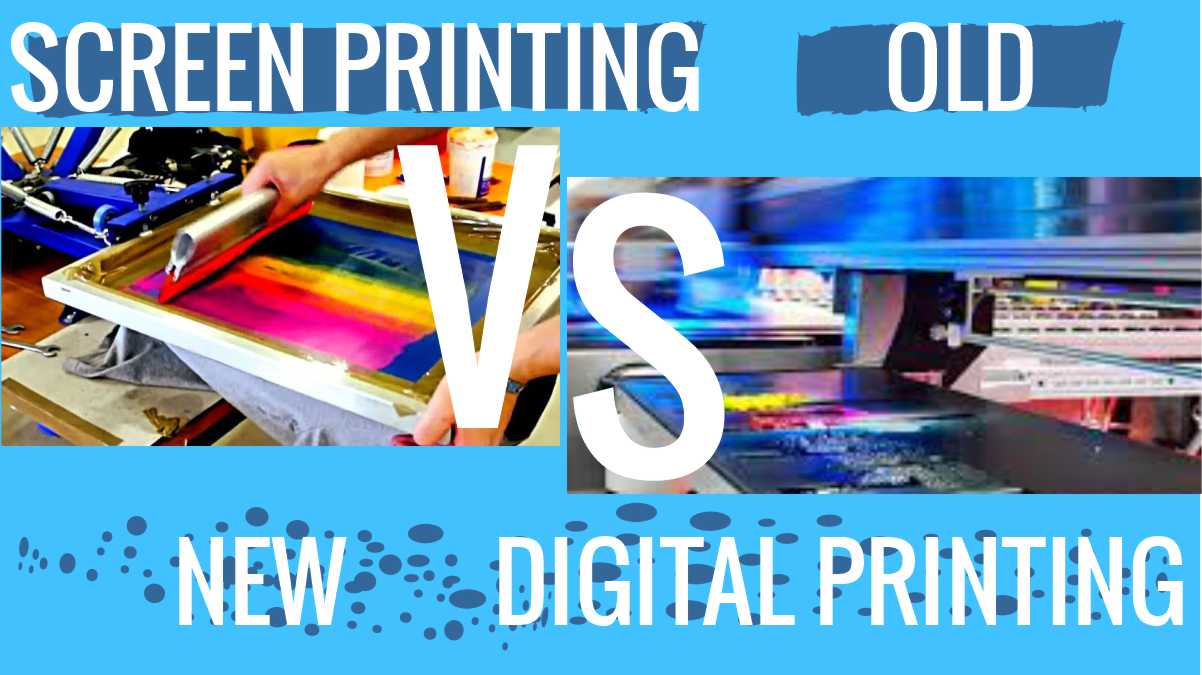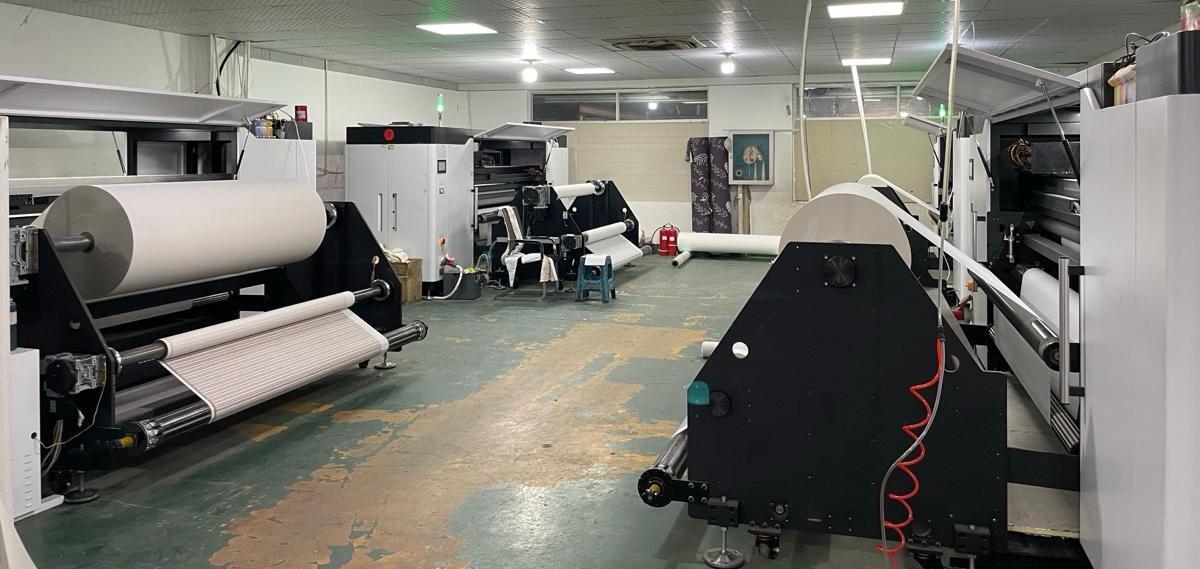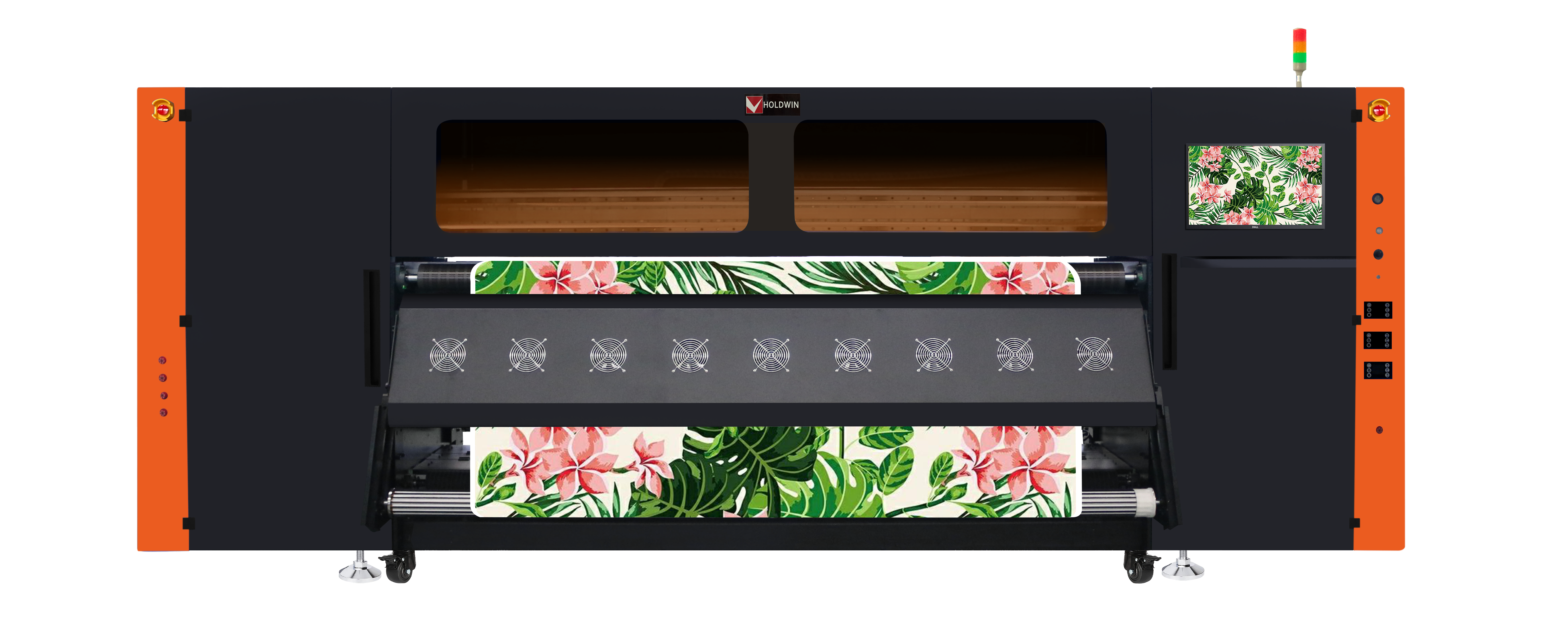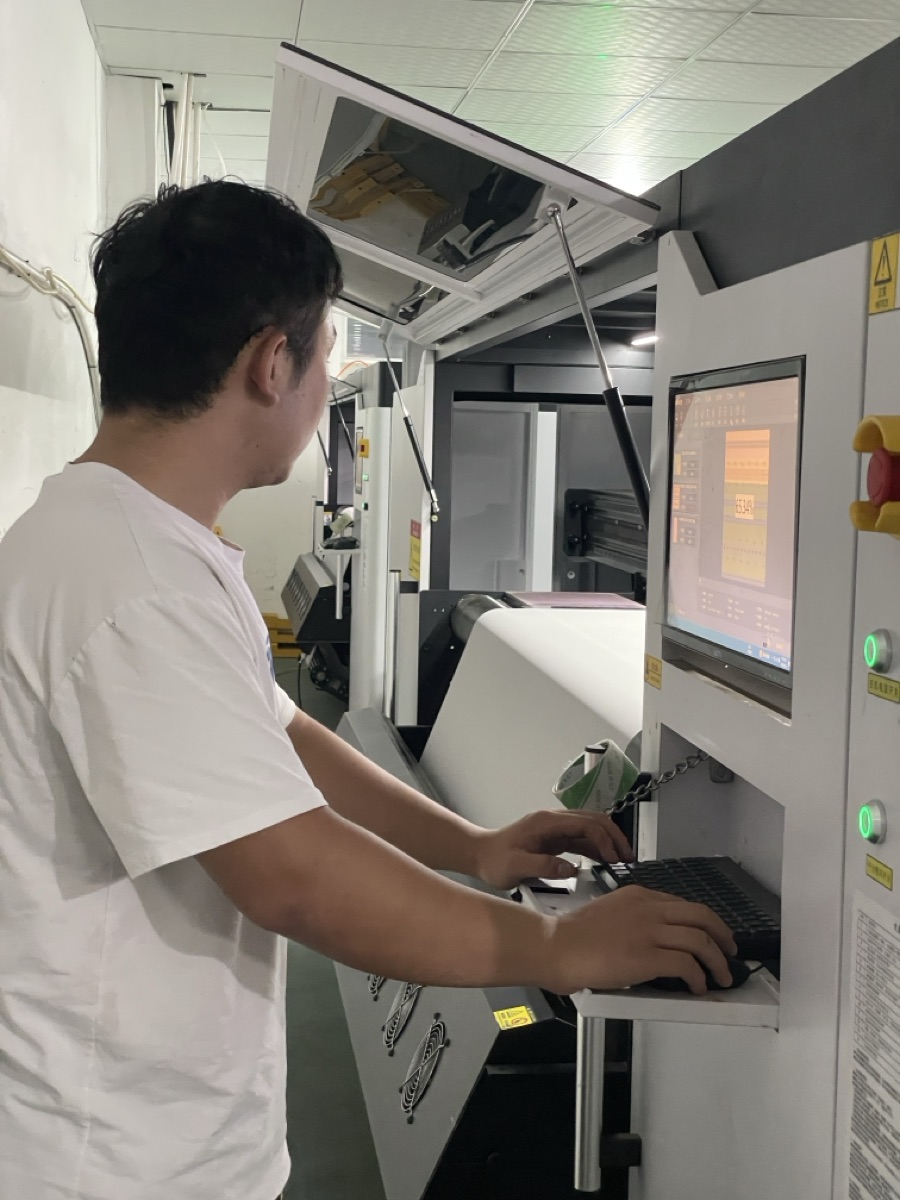
In the rapidly evolving textile industry, digital printing is revolutionizing supply chain efficiency. This technology allows manufacturers to respond swiftly to market demands, reducing waste and inventory costs while enhancing product customization. As a result, digital printing not only streamlines production processes but also fosters a competitive edge in a crowded marketplace.
Traditional printing methods often involve long lead times and significant setup costs, making them less adaptable to the fast-paced fashion environment. Digital printing eliminates these barriers by enabling shorter production runs and quick changes in design, which are essential for responding to consumer trends. This transition leads to a more agile supply chain, allowing manufacturers to keep up with shifting market demands without compromising quality or incurring excess costs.

*Image description: This image depicts a traditional textile printing setup alongside a modern digital printing machine. The traditional setup showcases multiple screens and a complex arrangement, emphasizing time-consuming processes. In contrast, the digital printing machine is sleek and streamlined, highlighting its efficiency and ease of use. This visual comparison underscores the advantages of digital printing in terms of speed and flexibility.*
Digital printing significantly improves supply chain management by reducing lead times, minimizing waste, and enhancing customization. The ability to print directly on demand means that manufacturers can produce only what is needed, which mitigates overproduction and excess inventory. Moreover, with digital printing’s capability for intricate designs and personalization, brands can cater to diverse consumer preferences, further enhancing their market appeal.
Several textile manufacturers have reported remarkable improvements in supply chain efficiency following the adoption of digital printing technology. For instance, a prominent fashion brand implemented digital printing and reduced its production time from weeks to just a few days, enabling them to launch new collections in response to emerging trends. This transformation not only increased their market responsiveness but also strengthened their relationships with retailers, who appreciated the reduced lead times.

The continuous advancement of digital printing technology further enhances supply chain efficiency. Innovations such as improved ink formulations and printer capabilities enable manufacturers to achieve higher speeds and better quality outputs. Additionally, integrated software solutions facilitate real-time tracking and management of production workflows, enabling companies to respond quickly to changing customer demands.

At HOLDWIN, our commitment to innovation and efficiency positions us as a global leader in the digital printing sector. We prioritize rapid product development and tailored solutions to meet our customers’ unique needs. Our mission is to create a world-renowned brand synonymous with quality and reliability in digital printing technology. As we expand our international presence, we remain dedicated to helping textile manufacturers and designers navigate the complexities of modern supply chains.
*”Since switching to HOLDWIN’s digital printing technology, our production speed has doubled, and we’ve seen a significant reduction in waste. The personalized support we receive is invaluable, and our customers love the unique designs we can offer. We couldn’t be happier!”* – Wang, Operations Manager, Bendong Textiles.

Digital printing is not just a technological advancement; it is a transformative force in the textile industry’s supply chain. By embracing this innovation, manufacturers can achieve unprecedented efficiency, responsiveness, and customization. As HOLDWIN continues to lead the way in digital printing solutions, we invite industry stakeholders to explore the immense benefits this technology can offer. Together, we can shape a more efficient and sustainable future for textile production.
1. Baur, C. & Wee, D. (2020). *The Digital Transformation of Supply Chains*. McKinsey & Company. Retrieved from [link].
2. Kumar, A., & Singh, A. (2021). *Emerging Trends in Digital Textile Printing*. *Journal of Textile Science & Engineering*, 11(3), 1-8.
3. Luthra, S., & Mangla, S. K. (2019). *Digital Printing in Textile Industry: A Review*. *Materials Today: Proceedings*, 18, 3648-3654.
4. Post, R. & Evers, J. (2022). *Sustainable Supply Chain Management with Digital Technologies*. *International Journal of Production Economics*, 231, 107861.
5. Smith, M., & Jones, L. (2023). *Innovation in Textile Printing Technology: Impacts on Supply Chain Efficiency*. *Textile Research Journal*, 93(4), 12-19.

Zhiyu is passionate about good products, good services, and good prices to let consumers know that choosing us is the right choice! For partners and end customers, we will provide one-on-one considerate smart services and provide you with more high-quality procurement solutions.